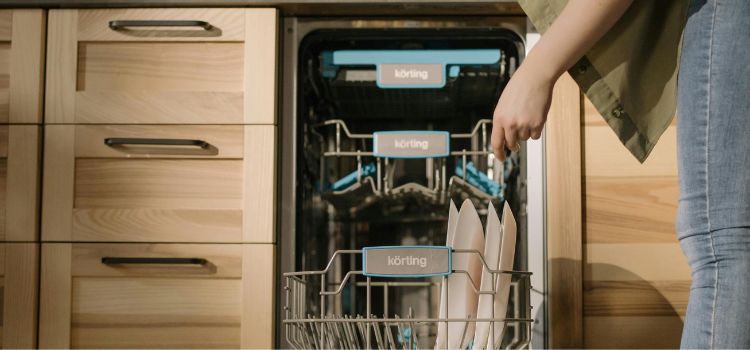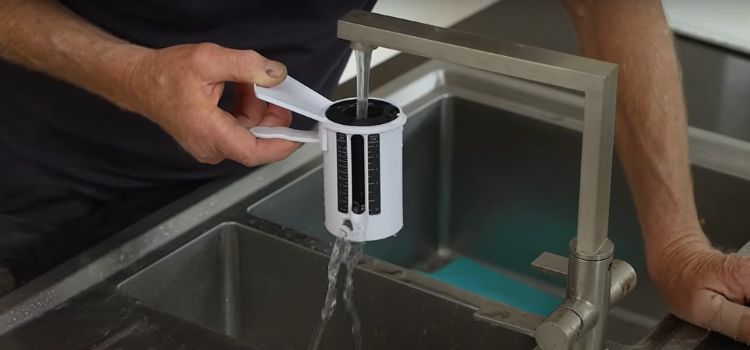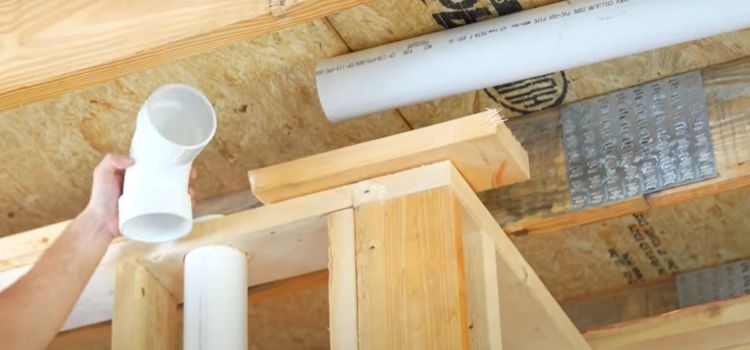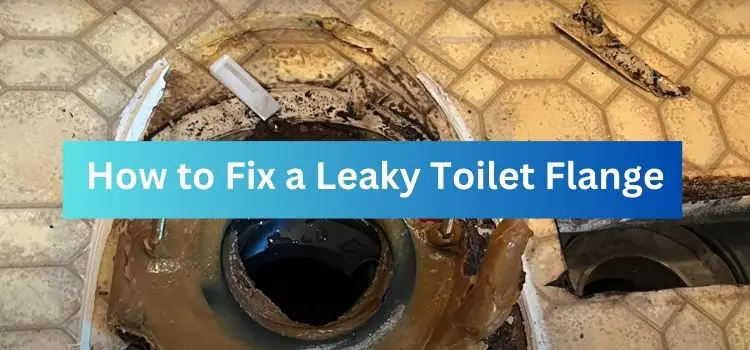Yes, a handyperson can install a dishwasher. They possess the skills for basic plumbing and electrical work required for installation.
Installing a dishwasher involves connecting water lines, ensuring proper drainage, and making electrical connections. Handymen have experience with such tasks, making them suitable for this job. Before hiring, verify the handyman’s experience with similar installations. This ensures the job is done efficiently and safely.
A professional installation helps prevent potential water damage and electrical issues. Proper installation enhances the appliance’s performance and longevity. Always check for any required permits or local regulations. This guarantees compliance with local building codes. An experienced handyperson can save time and provide peace of mind during installation.
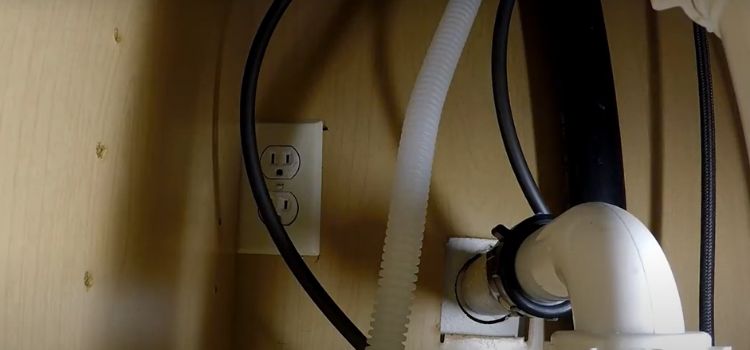
Handyman Skills Required
Installing a dishwasher might seem complex, but a skilled handyperson can handle it. This article will explore the skills a handyman needs for this job. Understanding the necessary skills will help you decide whether a handyperson suits your dishwasher installation.
Basic Plumbing Knowledge
A handyperson must have basic plumbing knowledge to install a dishwasher. This includes understanding how to connect water supply lines and drain hoses. Proper connections are crucial to avoid leaks and water damage.
Here are the key plumbing skills a handyman needs:
- Connecting water supply lines
- Attaching drain hoses
- Ensuring no leaks
Plumbing also involves knowing how to shut off the water supply. This is important to prevent flooding during installation. A skilled handyperson can also identify and fix any minor plumbing issues that may arise.
Electrical Skills
Another crucial skill for a handyman is electrical knowledge. Installing a dishwasher involves connecting it to a power source. This task requires understanding basic electrical wiring and safety.
Key electrical skills include:
- Connecting power cords
- Understanding electrical circuits
- Ensuring proper grounding
A handyperson must also know how to turn off the electrical power to the installation area. This ensures safety while working with electrical connections. They should also be able to identify and fix minor electrical issues.
Tools Needed
Installing a dishwasher can be a complex task. With the right tools, a handyman can handle it well. This blog post will discuss the essential tools and safety equipment needed.
Essential Tools
A handyman needs many tools for installing a dishwasher. Here are some of the most important ones:
- Screwdrivers: Both flathead and Phillips screwdrivers are necessary.
- Adjustable Wrench: Useful for tightening and loosening nuts.
- Pliers: Handy for gripping and turning objects.
- Tubing Cutter: Cuts pipes to the correct length.
- Drill: Drills holes for screws and anchors.
- Level: Ensures the dishwasher is installed evenly.
- Tape Measure: Measures spaces accurately.
Having these tools makes the job easier and ensures a proper installation. Missing any of these can cause problems.
Safety Equipment
Safety is paramount when installing a dishwasher. Here is the safety equipment needed:
- Safety Glasses: Protects eyes from debris.
- Gloves: Keeps hands safe from cuts and abrasions.
- Knee Pads: Protects knees when working on the floor.
- Ear Protection: Shields ears from loud noises.
- Dust Mask: Prevents inhalation of dust and particles.
Using safety equipment is vital. It prevents injuries and accidents. Always ensure that you wear the right gear before starting work.
Preparation Steps
Installing a dishwasher can be daunting. Many wonder if a handyperson can handle it. With proper preparation, a handyperson can indeed install a dishwasher. This guide will help you understand the necessary steps to ensure a smooth installation process.
Choosing The Right Location
Picking the perfect spot for your dishwasher is crucial. It should be near the sink for easy access to water and drainage. Consider the following points:
- Accessibility: Ensure the location is easy to access for loading and unloading.
- Proximity to Plumbing: The closer the dishwasher is to existing plumbing, the easier the installation.
- Electrical Outlet: Ensure an electrical outlet is nearby to power the dishwasher.
- Space Availability: Measure the space to ensure the dishwasher fits well without crowding the kitchen.
If the designated spot meets these criteria, it’s a good choice. Preparing the area before the handyperson arrives can save time. Clear the space and remove any obstacles. This will allow the handyman to work efficiently.
Gathering Necessary Parts
Having all the necessary parts ready can streamline the installation. Here’s a list of what you may need:
|
Part |
Description |
|---|---|
|
Dishwasher |
The main appliance to be installed. |
|
Water Supply Line |
Connects the dishwasher to the water supply. |
|
Drain Hose |
Allows water to drain from the dishwasher. |
|
Power Cord |
Provides electricity to the dishwasher. |
|
Mounting Brackets |
Secures the dishwasher in place. |
Installation Process
Installing a dishwasher can be daunting. Many people wonder if a handyman can handle it. The answer is often yes. A handyman can follow the installation process step-by-step, which involves removing the old dishwasher and connecting the water supply.
Removing The Old Dishwasher
First, ensure the power is turned off to avoid electric shocks. Use a screwdriver to remove the front panel of the old dishwasher. Carefully disconnect the electrical wiring. Next, turn off the water supply valve. This stops water from flowing into the dishwasher. Use a wrench to disconnect the water supply line. Be sure to place a towel underneath to catch any water.
Once the water line is disconnected, unscrew the mounting brackets, which hold the dishwasher in place. Carefully slide the old dishwasher out of its space. Check the surrounding area for any signs of water damage. If any damage is found, it may need to be repaired before installing the new dishwasher.
Connecting Water Supply
Start by connecting the new water supply line. Use a wrench to tighten the connections. Please make sure they are secure but not too tight. Turn on the water supply valve to check for leaks. If no leaks are found, proceed to the next step.
Next, connect the drain hose. The drain hose removes dirty water from the dishwasher. Please attach it to the drain pipe under the sink. Use a clamp to secure it in place. Finally, connect the electrical wiring. Make sure the wires are connected correctly. Turn on the power to check if the dishwasher works appropriately.
Electrical Connections
Installing a dishwasher can be challenging. Many people wonder if a handyperson can handle this job. Electrical connections are crucial for the installation. Understanding these connections ensures the dishwasher works safely and efficiently.
Wiring The Dishwasher
Wiring a dishwasher involves connecting it to the home’s electrical system. Safety is the most critical aspect. First, make sure the power is off. Then, locate the junction box on the dishwasher. This box is usually at the bottom.
Next, follow these steps:
- Open the junction box cover.
- Pull the wires through the clamp.
- Connect the black wire to the black wire from the dishwasher.
- Connect the white wire to the white wire from the dishwasher.
- Connect the green wire to the green grounding screw.
Use wire nuts to secure the connections. Gently tug on each wire to ensure it is tight. Finally, close the junction box cover, making sure the clamp is snug around the cables.
Testing Electrical Components
Testing electrical components is essential for safety. After wiring:
- Double-check all connections and make sure there are no loose wires.
- Turn the power back on at the breaker.
- Test the dishwasher by running a short cycle.
- Listen for any unusual noises.
- Check if the dishwasher starts and stops correctly.
If the dishwasher does not start, troubleshoot by checking:
- The power supply.
- The circuit breaker.
- The wiring connections.
A multimeter is used to test the voltage at the junction box. Ensure it reads 120 volts. If there is no voltage, recheck the connections. If you find any issues, fix them immediately. Always prioritize safety when working with electricity.
Post-installation Checks
Installing a dishwasher can be challenging, and many homeowners wonder if a handyperson can do it. After installation, it’s crucial to perform post-installation checks to ensure the dishwasher works correctly and safely. Two critical checks include leak tests and ensuring proper functionality.
Leak Tests
Leak tests are essential after installing a dishwasher. They help identify any potential water leaks. Start by turning on the dishwasher and running a short cycle. Observe the areas around the dishwasher for any signs of water leakage.
Here are some steps to follow during leak tests:
- Check the water supply connection. Make sure there are no drips or wet spots.
- Inspect the drain hose. Ensure it is securely attached and free of kinks.
- Look under the dishwasher for any water pooling. This could indicate a leak within the unit.
If any leaks are found, tighten the connections or replace faulty parts. It’s crucial to address leaks immediately to prevent water damage. A thorough leak test ensures the dishwasher installation is successful and safe.
Ensuring Proper Functionality
The next step is to ensure the dishwasher functions appropriately. This involves checking several aspects of the appliance. Start by running a complete wash cycle. Observe the dishwasher’s performance throughout the cycle.
Key points to check for proper functionality include:
- Water flow: Ensure water enters and exits the dishwasher smoothly.
- Noise levels: Listen for any unusual sounds during the operation.
- Cleaning performance: Check if the dishes come out clean and dry.
If any issues arise, refer to the dishwasher’s manual for troubleshooting tips. Sometimes, adjustments to the spray arms or filters may be needed. Ensuring proper functionality guarantees that the dishwasher performs optimally and meets the user’s needs.
Common Challenges
Installing a dishwasher can be a great addition to any home. It saves time, water, and effort. But, there can be challenges. A handyperson can help with this task, but some issues may arise. Understanding these challenges can make the process smoother. This blog will explore common challenges such as space limitations and plumbing issues.
Space Limitations
Space can be a significant hurdle when installing a dishwasher. Not all kitchens have the perfect spot for a new appliance. Here are some common space issues:
- Cabinet Size: Cabinets may need resizing to fit the dishwasher.
- Countertop Height: The height of countertops can affect the fit.
- Adjacent Appliances: Other appliances may block the space required.
Sometimes, a kitchen remodel might be necessary. This can add extra cost and time. Here is a simple table to understand potential costs:
|
Task |
Estimated Cost |
|---|---|
|
Resizing Cabinets |
$200 – $500 |
|
Adjusting Countertops |
$300 – $700 |
|
Moving Other Appliances |
$150 – $400 |
Planning can save a lot of trouble. Measure the space carefully before buying a dishwasher. Make sure there is enough room for the door to open fully. Check if there is enough space for plumbing and electrical connections.
Existing Plumbing Issues
Plumbing can be another big challenge. Dishwashers need proper water supply and drainage. Here are some common plumbing issues:
- Old Pipes: Old pipes may leak or burst under pressure.
- Incorrect Connections: Wrong connections can lead to water damage.
- Clogged Drains: Clogged drains can cause backups and flooding.
When To Hire A Professional
Installing a dishwasher is straightforward, but sometimes, it is best to hire a professional. This blog will help you understand when and why to call a handyperson.
Complex Installations
Complex installations often require a professional touch. A handyman can handle most simple installations, but some situations require more expertise.
Older homes may have outdated plumbing or electrical systems, which can make installation more difficult. A professional can identify and fix these issues.
Here are some complex installation scenarios:
- Homes with custom cabinets that need modifications.
- New dishwasher models that require advanced wiring.
- Kitchens with limited space need special adjustments.
In these cases, an experienced handyman or plumber is a better choice. They have the right tools and knowledge to handle these challenges.
Hiring a professional can help you avoid costly mistakes. Incorrect installations can lead to leaks or electrical issues, which can damage your home and appliances.
Building Code Compliance
Building code compliance is crucial for any installation. Your local codes ensure safety and efficiency in your home, and a professional knows these codes well.
Here are some key areas where building codes matter:
- Electrical wiring must meet safety standards.
- Water connections are needed to prevent leaks and contamination.
- Ventilation systems should be installed appropriately.
A handyman might not know all the local codes, which can lead to non-compliance issues. Failure to meet these standards can result in fines or penalties.
Safety is a top priority. Proper installation prevents hazards like electrical fires or water damage, and a professional ensures that everything meets the required standards.
Hiring a professional for your dishwasher installation ensures peace of mind. You can trust that the job will be done right and that your home will be safe.
Frequently Asked Questions
Can A Handyman Install A Dishwasher?
Yes, a handyperson can install a dishwasher. They have the skills to handle the plumbing and electrical work involved.
How Long Does It Take To Install A Dishwasher?
Typically, installing a dishwasher takes 1 to 2 hours, depending on the complexity of the setup.
What Tools Are Needed To Install A Dishwasher?
Standard tools include a screwdriver, adjustable wrench, and plumber’s tape. These tools ensure a secure and proper installation.
Are Permits Required For Dishwasher Installation?
Usually, permits are not required for installing a dishwasher. However, check local regulations to ensure compliance.
Conclusion
A handyperson can install a dishwasher efficiently and safely. They have the expertise to handle plumbing and electrical tasks. Hiring a handyperson saves time and ensures proper installation. Always check their credentials and experience before hiring. This provides a smooth and hassle-free installation process for your new appliance.
